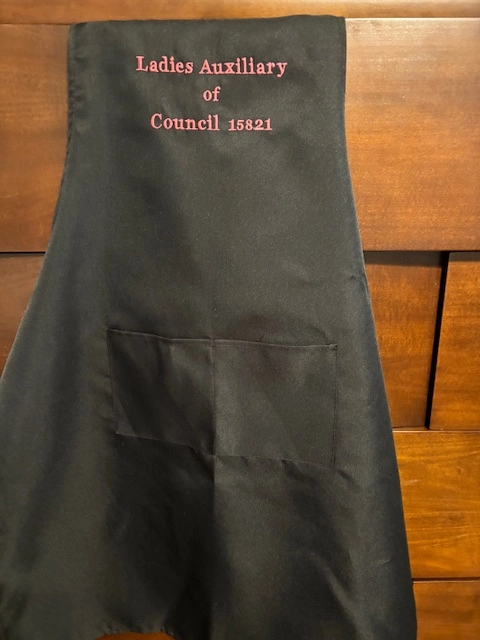The Art of Customized Needlework: Opening the Keys to Creating One-of-a-kind and Memorable Styles
The tricks to producing custom embroidery designs that captivate the eye and leave a long-term impact lie in a fragile equilibrium of technique, creativity, and focus to information. As we dig into the world of customized embroidery, we reveal the nuanced interaction between thread option, stitch complexity, and layout customization that elevates a mere garment to a work of art.
Choosing the Right Needlework Threads
When selecting needlework threads, what crucial factors should you take into consideration to ensure the very best results for your personalized designs? The selection of embroidery thread is vital in figuring out the last outcome of your embroidered style. One of the main considerations is the material of the string. Various products such as cotton, polyester, rayon, and silk offer differing levels of shine, durability, and texture. It is important to pick a string material that complements the material you are stitching on and aligns with the preferred appearance of the layout.
Thicker threads can include dimension and texture to your layout, while finer threads are perfect for elaborate details and small message. Furthermore, thinking about the shade fastness and washability of the string is essential to ensure that your personalized styles keep their top quality and vibrancy over time.
Discovering Various Stitch Strategies
To dig into the world of 'Checking out Various Stitch Methods', one must realize the details and subtleties that each sewing method brings to the art of needlework. Different stitch techniques not just add visual passion but also contribute to the total structure and measurement of the design. One prominent stitch technique is the satin stitch, which entails closely jam-packed parallel stitches to create a smooth and shiny surface area, suitable for filling out shapes and developing bold details.
On the various other hand, the backstitch is a functional technique often used for laying out and adding fine details. It includes sewing backward to produce a solid line of embroidery. Furthermore, the French knot stitch includes a responsive component to designs, best for creating textured accents like blossom centers or attractive touches.
Discovering different stitch techniques permits embroiderers to have fun with light, shadow, and depth within their designs, raising the aesthetic charm and imaginative top quality of their embroidery projects. By mastering numerous stitching techniques, one can open countless opportunities for creating one-of-a-kind and remarkable custom embroidery pieces.
Incorporating Personalized Design Elements
Having explored the ins and outs of various stitch strategies such as the satin stitch, backstitch, and French knot, the emphasis currently shifts in the direction of integrating tailored design aspects in customized needlework jobs. Personalized layout aspects play an important role in making needlework jobs absolutely special and memorable.
Another way to include individualized design aspects is by including signs or concepts that hold special meaning to the recipient or mirror their interests and individuality. As an example, including a favorite flower, pet, or hobby-related symbol can make the needlework layout a lot more meaningful and customized. Additionally, selecting colors that reverberate with the recipient or align with click the designated motif can even more boost the customization of the needlework project.
Grasping the Art of Shade Coordination
One secret aspect of color sychronisation is understanding shade theory. This includes knowing just how various shades communicate with each various other, the feelings they share, and just how they can be combined to create aesthetically attractive layouts. By applying color concept principles, embroiderers can develop unified shade palettes that improve the total look of the design.
Additionally, taking notice of comparison is important in shade coordination. Making use of contrasting colors can aid certain aspects of the style pop, boost readability, and produce a visually dynamic embroidery item. By understanding the art of shade coordination, embroiderers can elevate their layouts and develop memorable pieces that resonate with customers and visitors alike.
Enhancing Structure With Advanced Embroidery Stitches

French knots, as an example, are perfect for adding little, increased dots to your layout, mimicking the look of grains or developing a distinctive surface. Bullion knots, on the other hand, can be utilized useful source to produce twisted, ropelike components that add an extravagant feeling to the needlework. Seed sewing involves tiny, scattered stitches that can complete locations with a polychromatic appearance, while turkey job creates fluffy, dimensional accents reminiscent of animal fur or vegetation. Experimenting with these advanced embroidery stitches allows you to push the boundaries of traditional needlework and produce genuinely one-of-a-kind and aesthetically attractive see here appearances in your styles.
Conclusion
To conclude, the art of personalized needlework entails a combination of choosing the right strings, checking out various stitch methods, integrating individualized design components, understanding color coordination, and enhancing texture with innovative stitches. By comprehending and executing these key components, embroiderers can create unique and memorable styles that display their imagination and skill. Needlework enthusiasts can open the keys to creating attractive and bespoke items that stick out and leave a lasting impact.